Kevin Brown | August 21, 2025
Katie Fricas’s debut graphic novel tells the story of Louise — or Lou, as most people know and refer to her — a young queer woman who’s trying to write and draw a graphic novel about a heroic band of pigeons in World War I. She ends up working as a page in a private library, mainly so she can access a host of books about the war. She struggles with dating and creativity, as she tries to understand what’s important to her, in order to envision a future for herself, both artistically and personally.
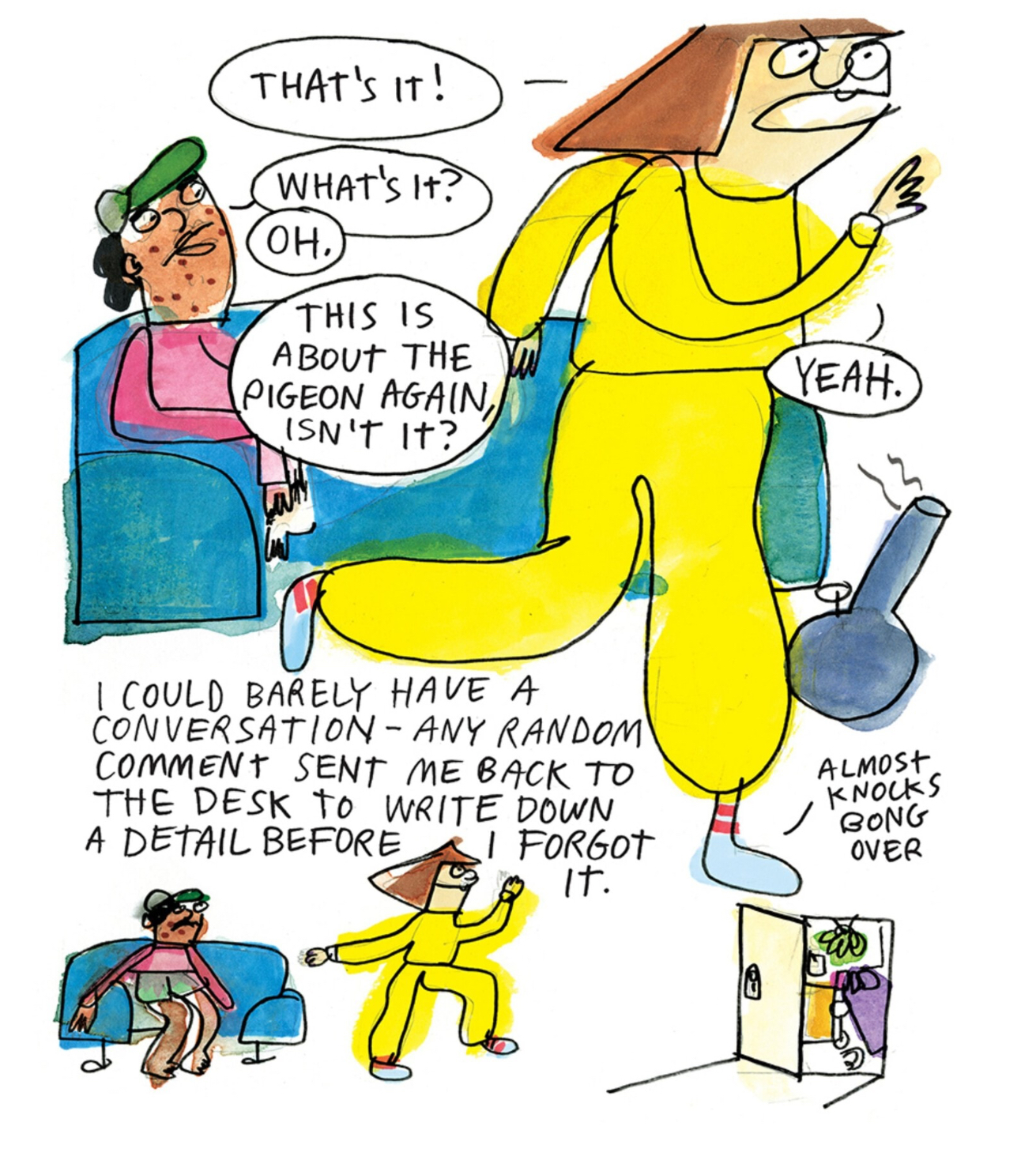 Lou begins the novel working at a shoe store where she spends her time sketching and having a pseudo-relationship with Wanda, who ends up marrying a man named Graham that nobody seems to like. She feels like her life is changing when she gets the job as the library page and begins dating Gus, a trans man with whom she feels a clear connection. She also visits her parents, along with her sister, where her mother confesses a shocking revelation.
Lou begins the novel working at a shoe store where she spends her time sketching and having a pseudo-relationship with Wanda, who ends up marrying a man named Graham that nobody seems to like. She feels like her life is changing when she gets the job as the library page and begins dating Gus, a trans man with whom she feels a clear connection. She also visits her parents, along with her sister, where her mother confesses a shocking revelation.
Part of this book reads like a celebration of libraries, as Lou clearly loves her job, unlike some of the other pages, who view it as a means to an end, a holding place while they pursue their real interests, such as dance. Lou, though, interacts with the patrons, and comes to know them well, even leading to one person giving her a book on World War I that changes Lou’s view of her project. Fricas has pages about those patrons, Lou's research, and her quirky taste in books: she doesn’t like books that begin with italics or are epistolary, for example. Lou even has a flashback to her childhood library, showing the importance of libraries throughout her life. Returning to the library as an adult is what will ultimately lead to her most significant epiphany.
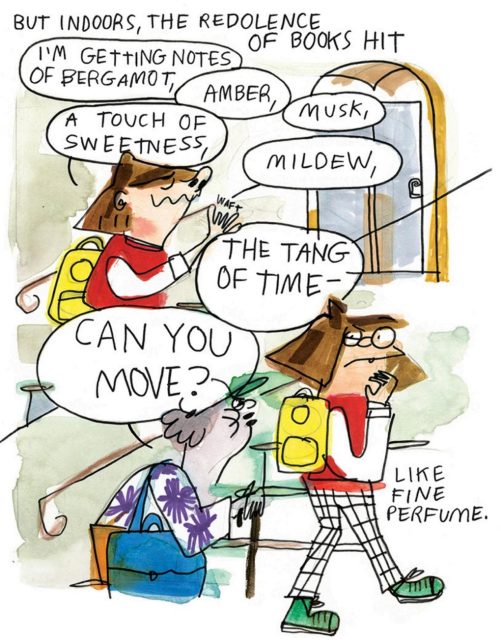 There is one brief section of the work, though, that reminds readers that libraries are still institutions that perpetuate bias and oppression. Two librarians do a brief workshop about the Dewey Decimal system, pointing out that Melvil Dewey was racist and sexist. They even point out that the cataloging system he created “is a hierarchy.” One comments, “Iranian and Persian literature are undivided into subcategories like poetry, plays, and so on. It’s all just under 891.5. Meanwhile, Shakespeare has his own call number.” The other adds, “And most of the 200s, religion, are dedicated solely to Christianity.” A subset of librarians have been making a similar argument for decades, even when I was earning a degree in library science in the 1990s — the same is true for Library of Congress classification and subject headings, for the record — trying to educate their profession, as well as users, that any information system has a built-in bias.
There is one brief section of the work, though, that reminds readers that libraries are still institutions that perpetuate bias and oppression. Two librarians do a brief workshop about the Dewey Decimal system, pointing out that Melvil Dewey was racist and sexist. They even point out that the cataloging system he created “is a hierarchy.” One comments, “Iranian and Persian literature are undivided into subcategories like poetry, plays, and so on. It’s all just under 891.5. Meanwhile, Shakespeare has his own call number.” The other adds, “And most of the 200s, religion, are dedicated solely to Christianity.” A subset of librarians have been making a similar argument for decades, even when I was earning a degree in library science in the 1990s — the same is true for Library of Congress classification and subject headings, for the record — trying to educate their profession, as well as users, that any information system has a built-in bias.
Lou's relationships are always in the background, and she has supportive friends who encourage her in her artistic endeavors. However, she’s constantly looking for a meaningful romantic relationship, though they never work out. She feels like Wanda only uses her when it’s convenient, a cycle Lou has to learn how to break free from. Gus, meanwhile, doesn’t see her for who she actually is as an artist. Fricas also uses several pages of dates to show the struggles of being a queer woman trying to date, even in a place like New York City where there are theoretically many more options.
New York serves as a backdrop throughout the novel, and it’s clear the author loves the city. In fact, while the art for the work is much more sketch-like than realistic, to the point where the reader can even see the pencil lines beneath the inking, the background always has clear references to actual places in the city. Fricas uses bright colors that always go outside the lines to express the energy that surrounds Lou in such a place, even when Lou doesn’t feel that energy. In fact, the sketchiness of the art often makes Lou and the city feel a bit askew or off-kilter, but not in a negative way, as if there’s something wrong with either. Instead, it conveys a sense of excitement, propelling the reader forward in the story and in Lou’s development. That’s especially true on the first date with Gus when they go to Coney Island, as the colors pop throughout, especially in the four full-page spreads where there is no dialogue, just images of Gus and Lou walking around, that ends part one.
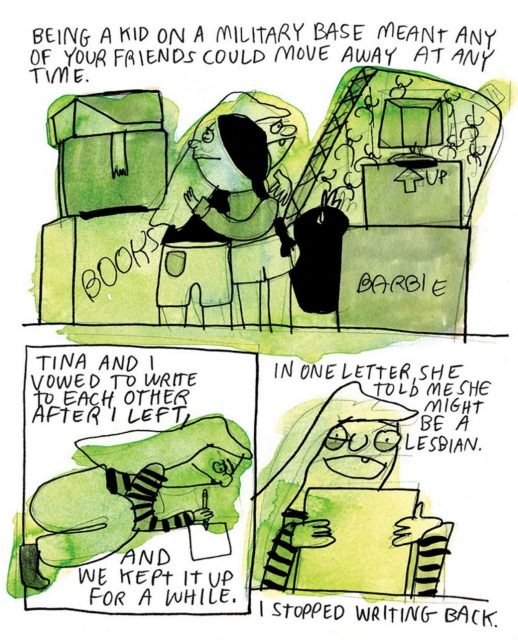
Lou’s work as an artist, though, is the center of the book, making it more of a Künstlerroman more than anything else. Though she becomes a bit distracted when dating Gus, who ultimately doesn’t understand her fascination with the heroic pigeons of WWI, she spends much of her time thinking about and/or working on her graphic novel. She even compares making a book to feeling like falling in love, thinking, “And it did in a way, the sense that it wrecked me. I ran from it, then returned, desperately, to its service.” Her relationship to the book is as much of a struggle as her romantic relationships, but it at least provides meaning to her life in a way the relationships don’t.
However, she has to learn about the power of stories before she can truly develop as an artist. The stories she’s received and, thus, the stories she tells matter in ways she hadn’t realized before. She needs a different perspective before she can write the story she needs to tell. It’s fitting that the change comes from the library. The title hints that Lou hasn’t been fully engaged until this point in her life. However, the longer she’s at the library, the more she learns about herself, the people around her, and the importance of stories. She’s been looking at the pigeons as the heroes, but she needs to be the hero of her own story. In the end, she has to find a future that she couldn’t envision before taking the job at the library, which will involve changing her life in important ways. Not surprisingly, she’s walking alongside the ocean at Coney Island, wearing a shirt that says simply, “New York City,” when she thinks, “In the background, the ocean roared like the future, just out of sight.” It’s a different future than she might have envisioned, but the library and the city have helped her find one that fits her better than what she once imagined.
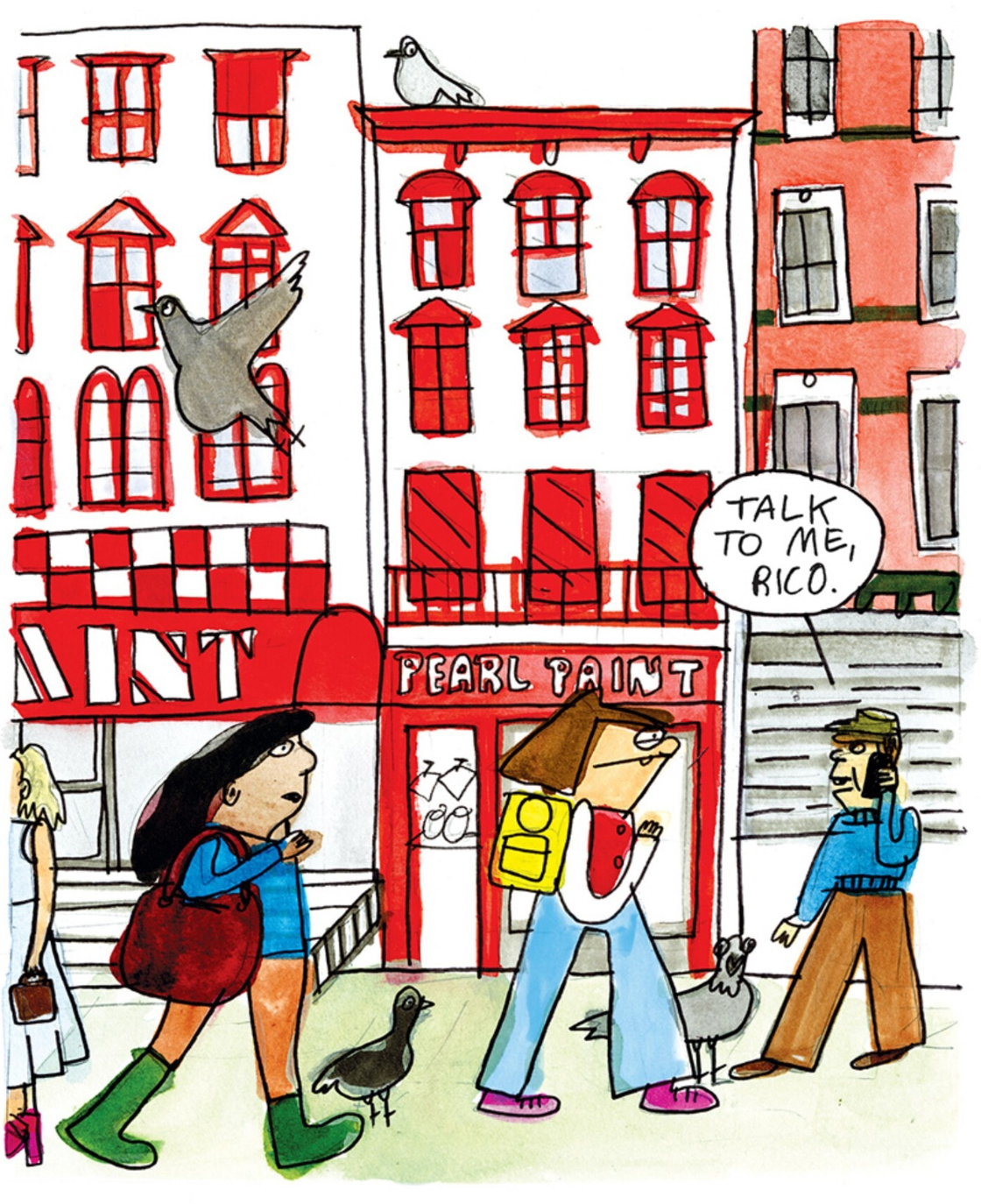

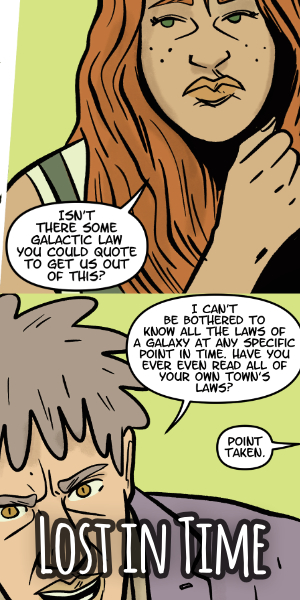



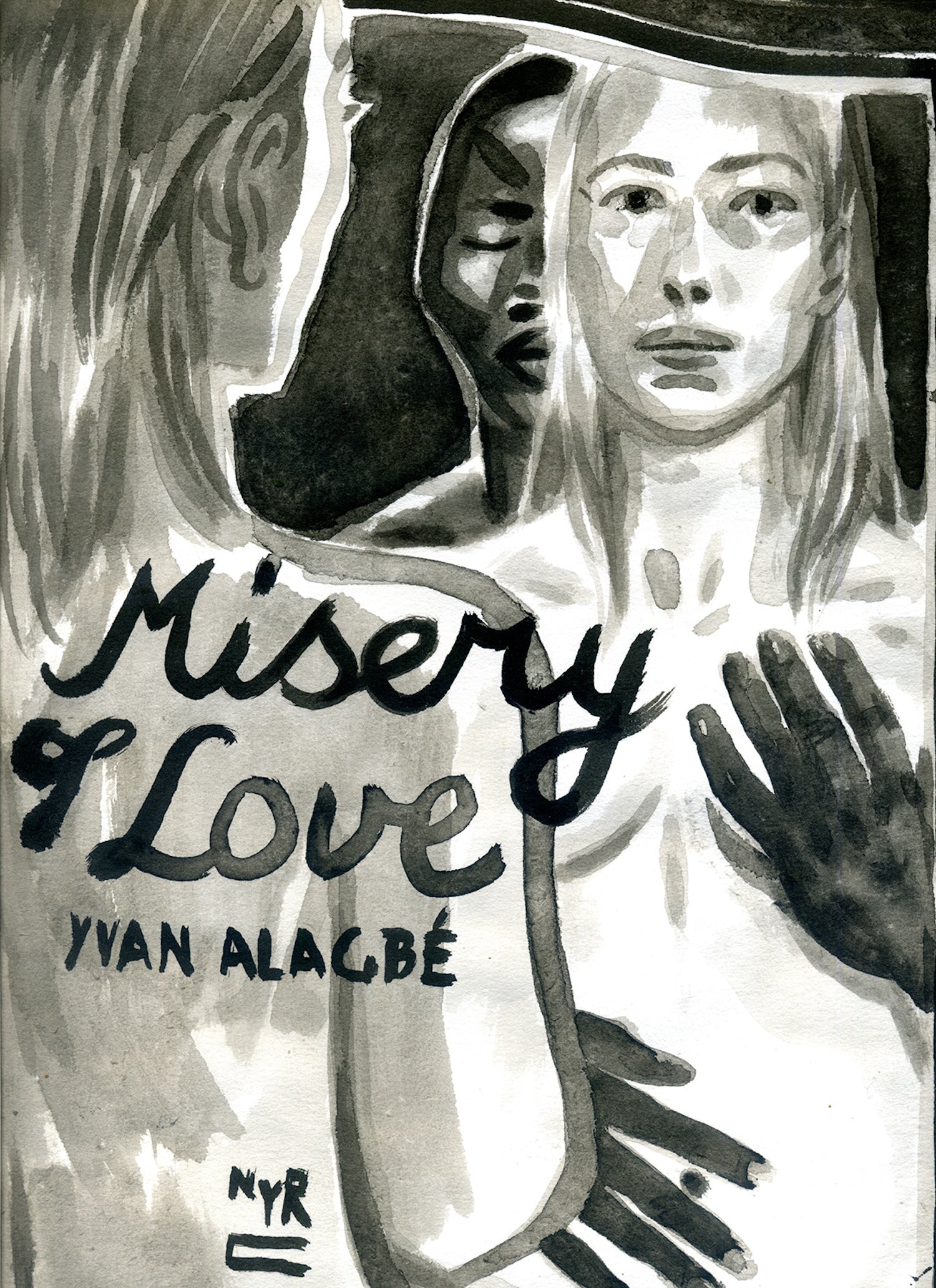





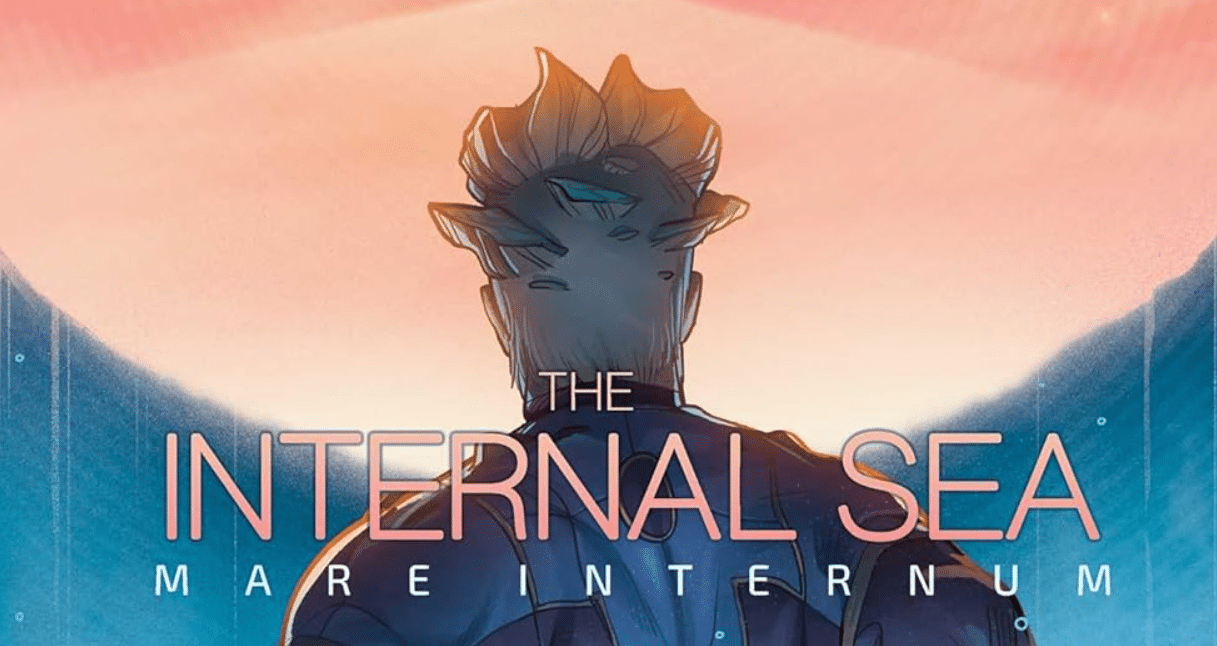





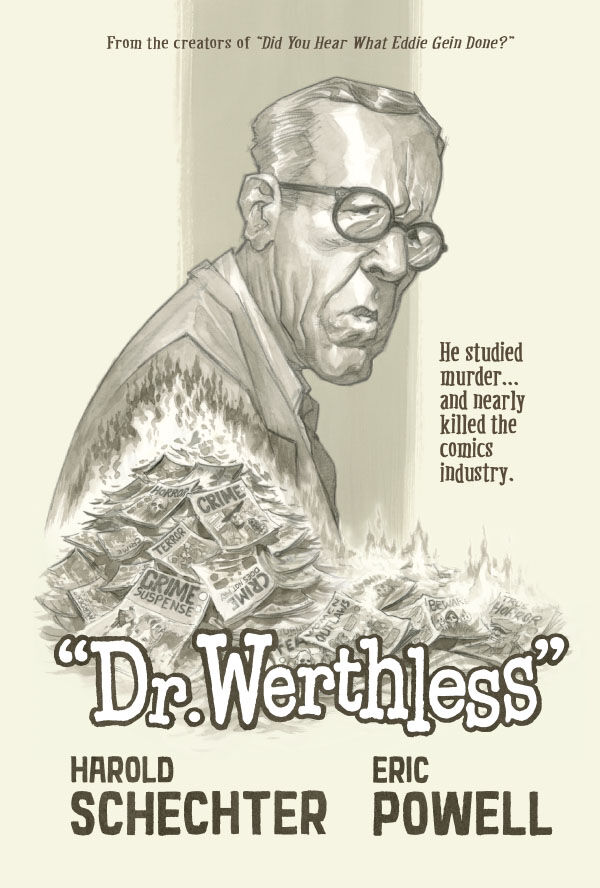


 English (US) ·
English (US) ·